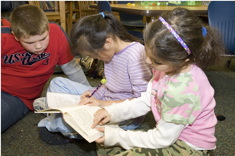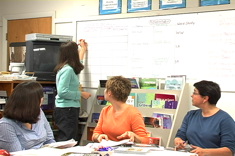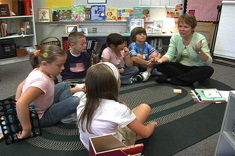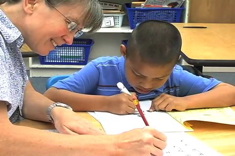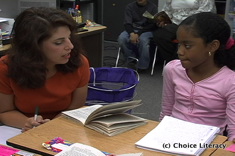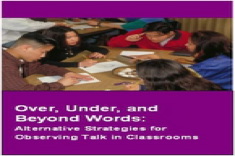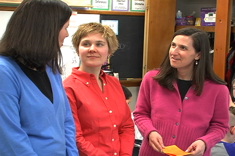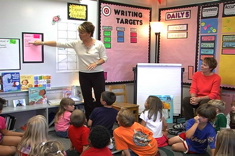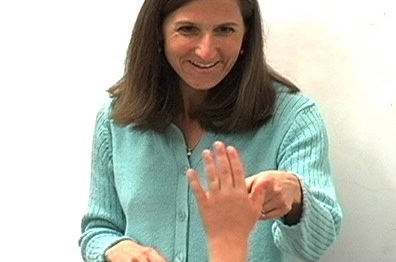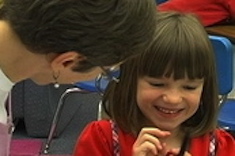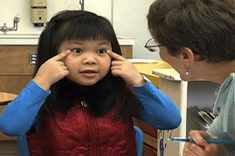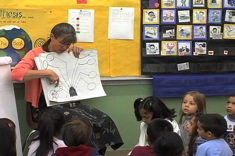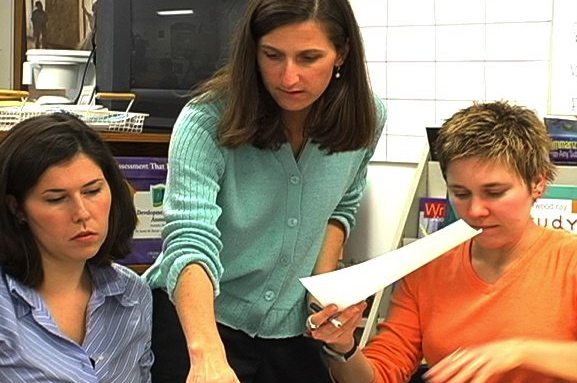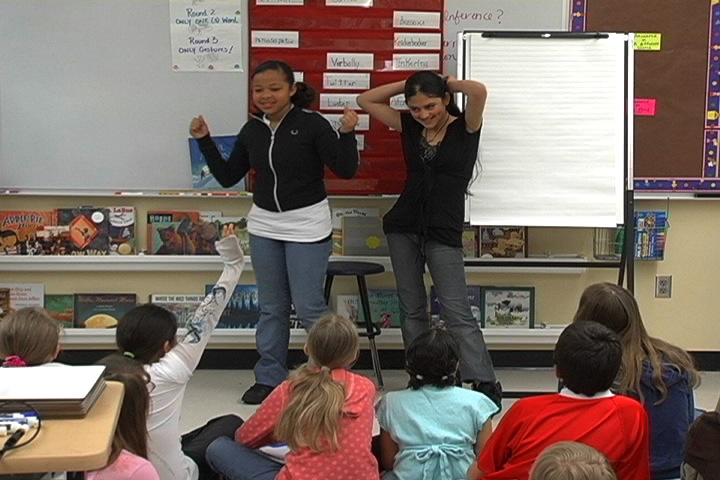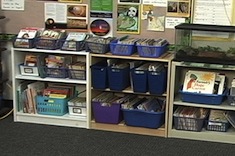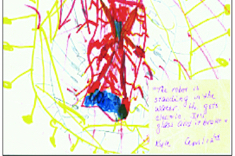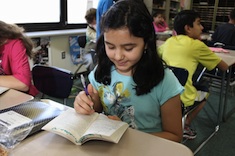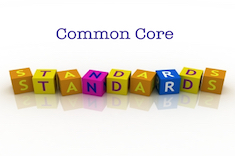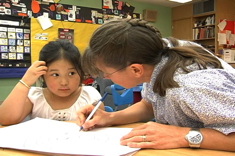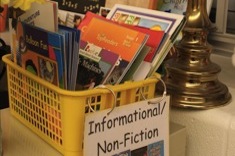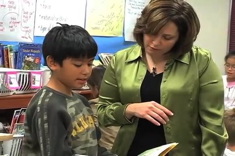Library
Choice Literacy Articles & Videos
The Choice Literacy library contains over 3,000 articles and 900 videos from 150+ contributors. Classic Classroom and Literacy Leadership subscribers have access to the entire library. Content is updated continuously, with five to six new features published each week.
Latest Content
Enlisting Students as Observers
Students are keen observers – put those talents to work in your classroom.
Keeping It Simple: Reflections on the December New Teachers Study Group
What is really important for our time and energy? Jennifer Allen reflects on words of wisdom that keep her centered as a literacy coach.
Noticing Interesting Words: Small-Group Vocabulary Lesson
In this five-minute video, Gail Boushey leads a short small-group lesson on vocabulary.
In the Zone: Conferring with a Young English Language Learner
Andie Cunningham confers with kindergartner Cristian within his "ZPD" – Zone of Proximal Development.
Getting Started with Your Own Writer’s Notebook
Notebook Faker Extraordinaire Aimee Bucker writes about how she managed after years of false starts to build the writer's notebook habit one summer not long ago.
Family Dichos: Bringing the Language of Home into the Classroom
Ruth Shagoury and Andie Cunningham use dichos (sayings or proverbs) in many languages and cultures to build bridges between school and home.
Over, Under, and Beyond Words: Alternative Strategies for Observing Talk in Classrooms (E-GUIDE)
Words matter. Tried-and-true templates and strategies in this E-Guide focus attention on classroom talk in ways that help grow professional conversations.
What’s Valued? Exploring Different Values in Evaluation (E-GUIDE)
Brenda Power shares a workshop series designed to help educators bring their values into closer alignment for a more cohesive experience for students.
Opinion Exchange (E-GUIDE)
How can quotes lead educators to awareness and acceptance of the diversity of opinions in a group? Discover what this format for discussion has to offer your study group or staff.
Community Language Board: Building Vocabulary All Year Long
“The Sisters” (Gail Boushey and Joan Moser) talk about how the community language board changes and evolves over the year, building a sense of community and shared literacy.
Idealism Fades to Reality: Thinking Back to My Days as a New Teacher
Jennifer Allen makes connections between her new professional life as a literacy coach and her beginning as a classroom teacher.
Conferring with a Child in the “Silent Period”
Larisa is a six-year-old who speaks Russian at home, and is in the “silent period” in school. In this conference, Ruth Shagoury demonstrates different strategies for eliciting responses from Larisa.
Writing About a War-Torn Home: Zerina Talks About Finding Her Writer’s Voice
In this interview with Ruth Shagoury, English language learner Zerina talks about her growing confidence as a writer as she shares her writing with high school classmates. She also talks about how her father encouraged her to write down her most poignant memory of war in their homeland, Bosnia.
Conferring with Anna
Anna is a five-year-old student in an Oregon kindergarten classroom who speaks Vietnamese at home. In this conference with Ruth Shagoury, she shares writing about her classmates and a snake, testing out her growing knowledge of the alphabet, sounds, and the purposes of writing.
Every Language Counts: Adding Multilingual Counting Activities to Morning Meeting
Every year kindergarten teacher Andie Cunningham has children who come from homes with many different first languages. She helps welcome these different languages and cultures into the classroom community by counting in different languages during the morning meeting.
Spacing Words: A Minilesson with Young Writers
In this two-minute video, Andie Cunningham reinforces the concept of spacing words with her kindergartners using her own writing and a brainstorming web.
Layered Support: Meeting the Needs of Beginning Teachers
Jennifer Allen reflects on essential layers that provide a safety net for the challenges facing beginning teachers.
Digging Deep: The Power of Rereading
Max Brand considers how rereading helps students understand and enjoy texts.
Let’s Get Some Attitude
Shirl McPhillips recalls a junior high experience that promoted serious "attitude" and an uproar among her peers.
Power Tools
Aimee Buckner shares three essential "power tools" for writers.
Coaching Moment: Reorganizing a Classroom Library
Gayle Gentry reflects on how a colleague’s simple request to reorganize a classroom library turned into coaching opportunities that had a direct impact on student learning.
Listen In: Jeffry’s Ocean Story
Moving a child from simple to complex sentences is the goal in this second-grade writing conference.
Boys’ Book Club in Second Grade
In this video from Linda Karamatic’s second-grade classroom, boys discuss the book Fudge using the protocol provided by Linda.
Tracking Young Children’s Writing and Development
Andie Cunningham and Ruth Shagoury share the assessment tools they use to track Andie’s kindergarten writers.
Mentor Texts and Teacher Modeling: The Listing Strategy
In this video from her fourth-grade classroom, Aimee Buckner teaches the “listing” strategy, using the book This Is the Tree: A Story of the Baobab as a mentor text. Aimee talks about mentor texts, using her own writing as a model, and the needs of intermediate readers and writers during the lesson and interview.
Common Core Conversations: Increasing Argumentative Writing
Teachers continue to puzzle over and sort through the terminology in the Common Core related to opinion and persuasive writing. Amanda Adrian and Heather Rader consider terms and teaching strategies.
The Difference Between Conferring and “Touching Base”
Debbie Miller goes against the grain, advocating for “the luscious feeling of endless time” as we slow down to confer with children.
“I Am the Book”: Helping Emergent Bilingual Learners Connect with Books
Jesabel Centeno helps her emergent bilingual learners respond orally to texts and share favorite books with classmates.
Whole Class Interviews: Building Community in Writing Workshop (TEMPLATE)
Interviews early in the year are a potent tool for building a class community.
Word Study is More Than Spelling
Franki Sibberson works to expand her views of spelling and word work, redefining routines in her grades 3 and 4 classroom.
Browse Content By
Type
Category
- Assessment Tools
- Big Fresh Archives
- Booklists
- Choice Numeracy
- Classroom Design
- Common Core
- Community Building
- Conferring
- Content Literacy
- Digital Literacy
- English Language Learners
- Equity
- Family Relations
- Free Samples
- Guiding Groups
- Leadership
- Literacy Coaches
- Mentor Texts
- Minilessons
- New Teacher Mentors
- Podcasts
- Poetry
- Quote Collections
- Reading Strategies
- Self Care
- Struggling and Striving Learners
- Talking and Listening
- Teacher Study Groups
- Teaching Reading
- Teaching Writing
- Word Study and Vocabulary
Author
- Melissa Quimby
- Nawal Qarooni
- Gwen Blumberg
- Julie Cox
- The Lead Learners
- Hannah Tills
- Josie Stewart
- Ruth Metcalfe
- Mallory Messenger
- Becca Burk
- Jodie Bailey
- Vivian Chen
- Mary Brower
- Tiffany Abbott Fuller
- Stephanie Affinito
- Ruth Ayres
- Leigh Anne Eck
- Heather Fisher
- Shari Frost
- Julie Johnson
- Suzy Kaback
- Gigi McAllister
- Shirl McPhillips
- Melanie Meehan
- Cathy Mere
- Debbie Miller
- Tara Barnett and Kate Mills
- Tammy Mulligan
- Dana Murphy
- Bitsy Parks
- David Pittman
- Brenda Power
- Heather Rader
- Matt Renwick
- Mandy Robek
- Christy Rush-Levine
- Gretchen Schroeder
- Jen Schwanke
- Brian Sepe
- Katherine Sokolowski
- Stella Villalba
- Jennifer Vincent
Grade Level
Choice Literacy Membership
Articles
Get full access to all Choice Literacy article content
Videos
Get full access to all Choice Literacy video content
Courses
Access Choice Literacy course curriculum and training

